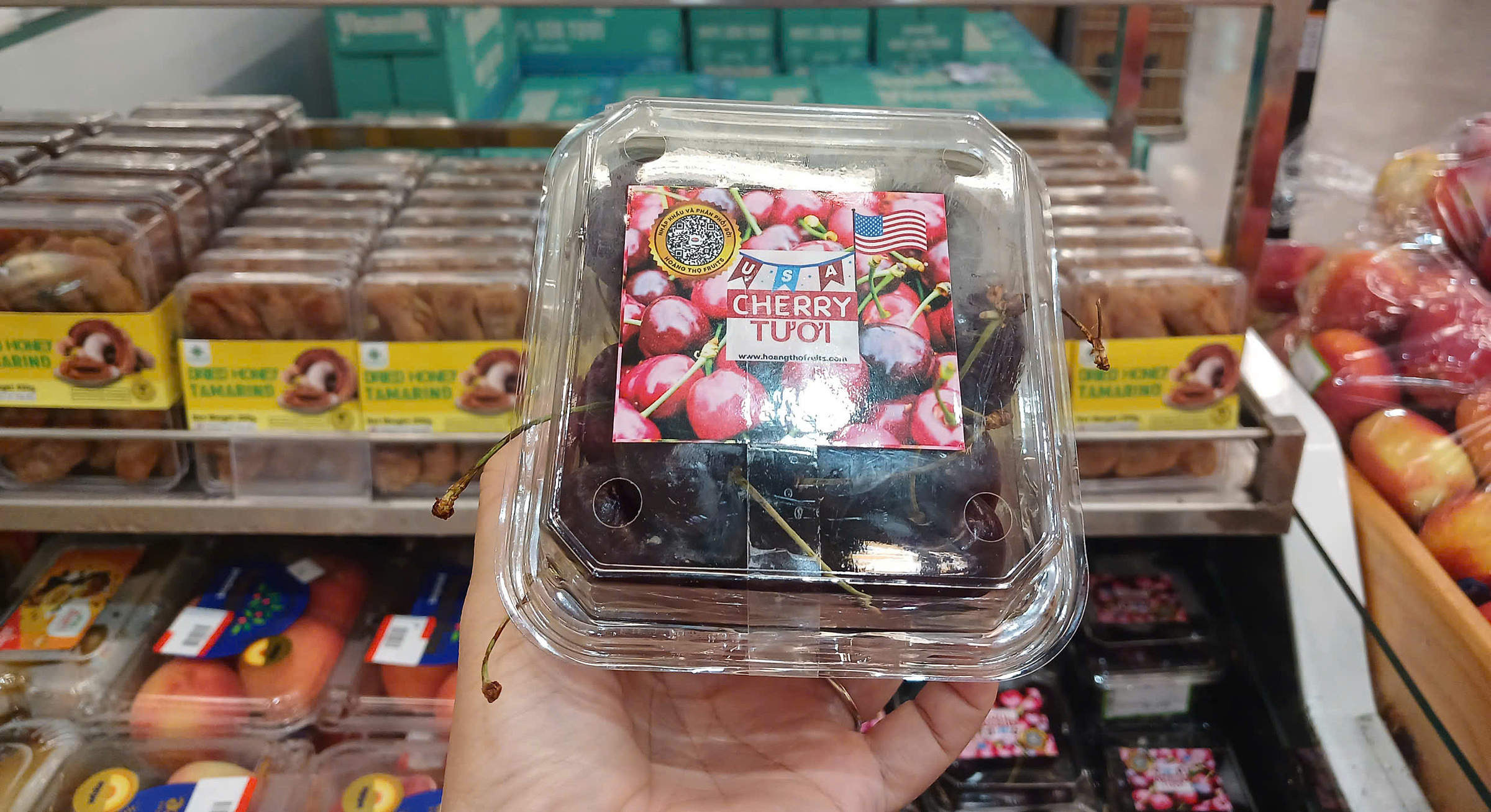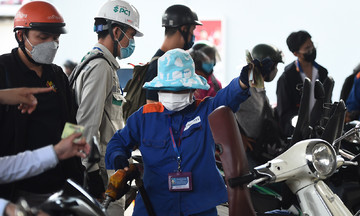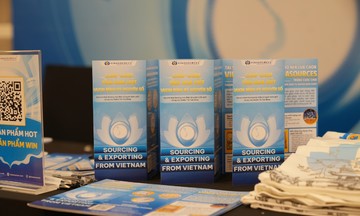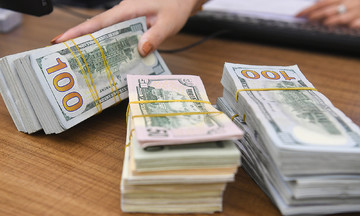Data from the Vietnam Customs Department reveals a significant shift in Vietnamese consumer preferences towards high-end processed goods and ready-to-eat foods, reflected in the composition of US imports during the first six months of the year.
Alongside electronic components and garment materials, fruits and vegetables have become a prominent import category, reaching nearly $297 million in the first half, up 42% from the same period in 2024. Seafood imports also surged by 52% to over $40 million, indicating strong Vietnamese consumer demand for quality fresh food.
Confectionery and cereal products from the US saw a dramatic increase of nearly 635%, reaching over $31 million. Other food categories also experienced growth, including wheat (40.8%), soybeans (9.1%), and other food preparations (11.5%).
Conversely, imports of animal feed and related materials from the US declined sharply by 32% to nearly $395 million. Dairy and dairy product imports also decreased by nearly 20% compared to the same period last year.
 |
US cherries are sold in supermarkets across Vietnam. Photo: Thi Ha |
US cherries are sold in supermarkets across Vietnam. Photo: Thi Ha
Importers anticipate a further influx of US goods into Vietnam in the latter half of the year as import tariffs drop to 0%. Tran Van Truong, CEO of Hai San Hoang Gia, stated that his company signed memorandums of understanding with major US suppliers during a business trip with the Minister of Agriculture and Environment in June. The company's warehouses and distribution network are ready to handle increased imports.
Truong believes that with the new tax policy, imports from the US could increase by 20-30%. Key products include Boston lobster, scallops, conch, and king crab, all highly regarded for their quality and food safety.
However, he acknowledges the increased competition, particularly from Canada, where lobster already holds a significant market share, and Norway, strong in salmon and king crab. Nevertheless, he believes that competition is positive, offering Vietnamese consumers more choices at more affordable prices.
Francis Lee, representative of the Food Export program for the US Midwest and Northeast, and representative of the Washington State Department of Agriculture in Vietnam, told VnExpress that the US appreciates Vietnam's willingness to reduce tariffs. Several agricultural products, such as cherries, apples, and almonds, have already seen tariff reductions since the end of March, making them attractively priced for Vietnamese consumers. Seafood tariffs are expected to decrease in the final months of the year.
"The tariff cuts from August are expected to make US seafood more competitive in Vietnam," Lee said.
A tariff appendix signed on 30/7 shows the US reducing tariffs on Vietnamese goods from 46% to 20%, while Vietnam will eliminate tariffs on many US goods, especially agricultural and seafood products, starting in August. This is part of a trade agreement between the two countries to boost bilateral trade.
In June, the Minister of Agriculture and Environment and a Vietnamese delegation spent six days in the US, signing import agreements worth nearly $3 billion for agricultural products, expanding cooperation, and promoting bilateral agricultural trade.
Thi Ha












